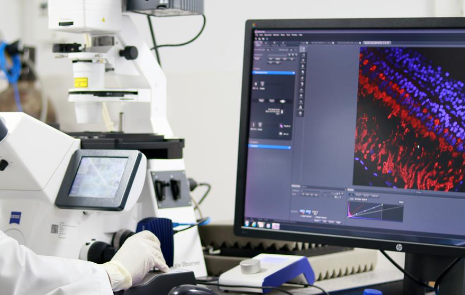India’s Scientists Develop Enhanced DNA-Editing System
Scientists at the CSIR-Institute of Genomics and Integrative Biology in New Delhi have developed a new genome-editing system that is better and more accurate than current CRISPR technologies.
CRISPR Basics
CRISPR (Clustered Regularly Interspaced Short Palindromic Repeats) is originally a natural defense mechanism in bacteria that destroys viral DNA. Researchers repurposed this system to modify the genes of more complex organisms.
CRISPR-Cas9 System
The CRISPR-Cas9 technology lets scientists add, remove, or change DNA sequences. It works by using a guide RNA (gRNA) to direct the Cas9 enzyme to a specific DNA location, where it cuts the DNA. The cell then repairs the cut, which can fix or change the DNA sequence. However, the traditional CRISPR-Cas9 system can sometimes unintentionally affect other parts of the genome, called “off-target” effects. Although scientists have made improvements to increase precision, these changes often reduce the editing efficiency.
Switching to FnCas9
To solve this issue, researchers have been studying the FnCas9 enzyme from the bacteria Francisella novicida. This enzyme is more precise and efficient than the SpCas9 variant but usually less effective. The CSIR-IGIB team improved FnCas9 by changing its amino acid interactions with the PAM sequence. This increased its ability to bind to DNA and made gene editing more effective. These modifications also helped the enzyme reach difficult-to-access areas of the genome.
Improved Diagnostic Capabilities
Experiments showed that the improved FnCas9 could identify specific single-nucleotide changes in DNA more efficiently than the unmodified version, doubling its ability to detect genetic variations related to diseases. The enhanced FnCas9 was tested on human kidney and eye cells and showed higher precision with minimal off-target effects compared to SpCas9. This highlights its potential for treating genetic disorders.
Case Study: Leber Congenital Amaurosis 2 (LCA2)
The improved FnCas9 enzyme was used to fix a mutation in the RPE65 gene, which causes a type of blindness called LCA2. The editing almost completely corrected the mutation and led to normal protein production in retinal cells. This method worked better than older systems. Because of these promising results, scientists now want to explore using stem cells from individual patients. They plan to edit these stem cells to fix mutations before transplanting them back into the patient. This approach could be safer and more precise than directly using CRISPR on patients.
Month: Current Affairs - July, 2024
Category: Science & Technology Current Affairs







